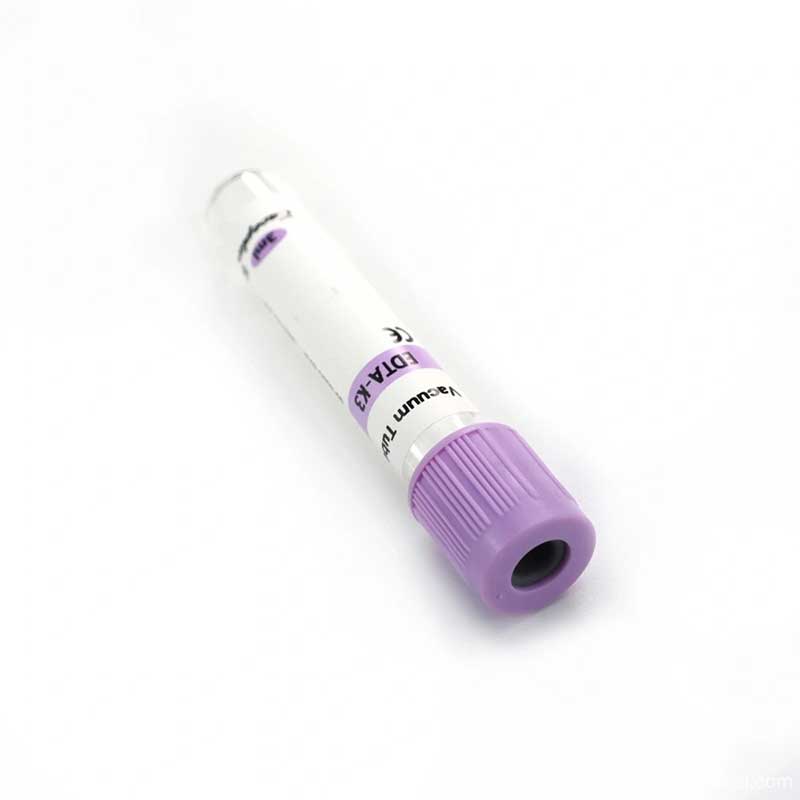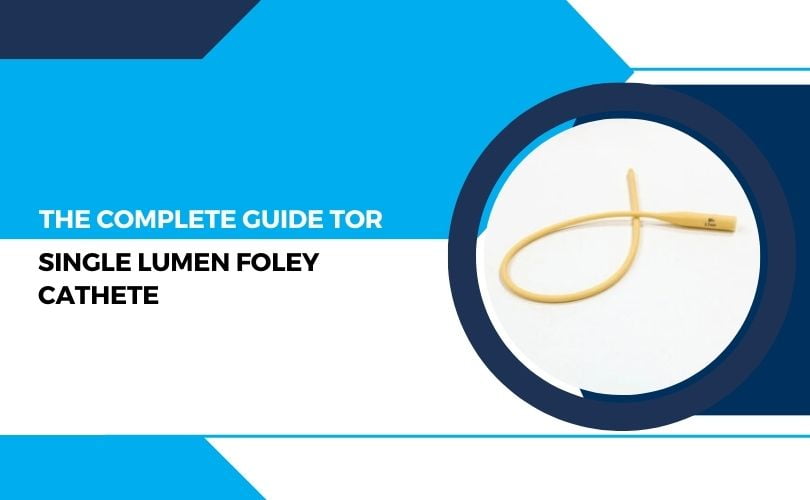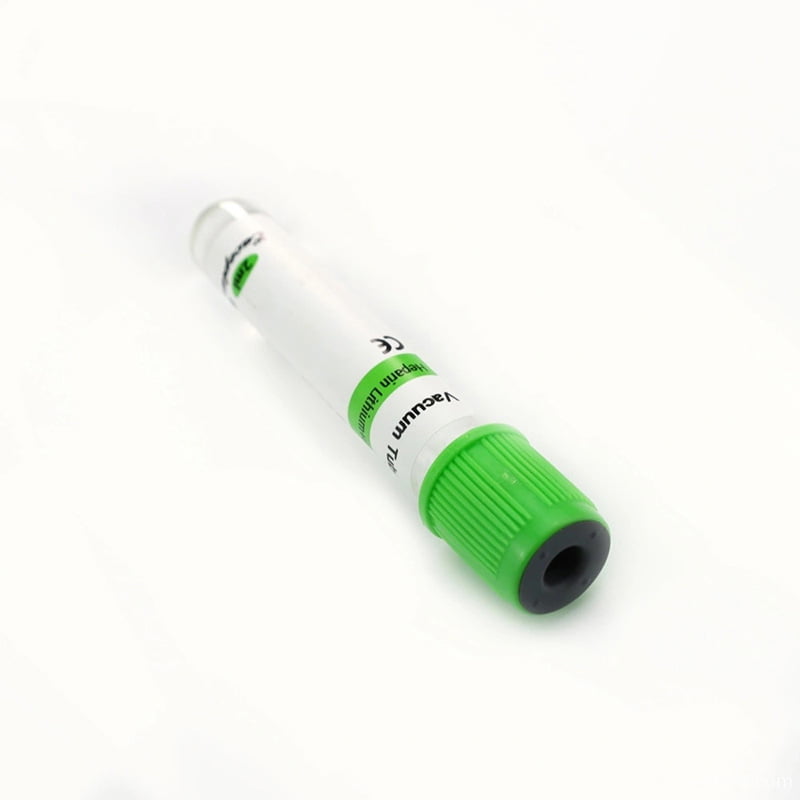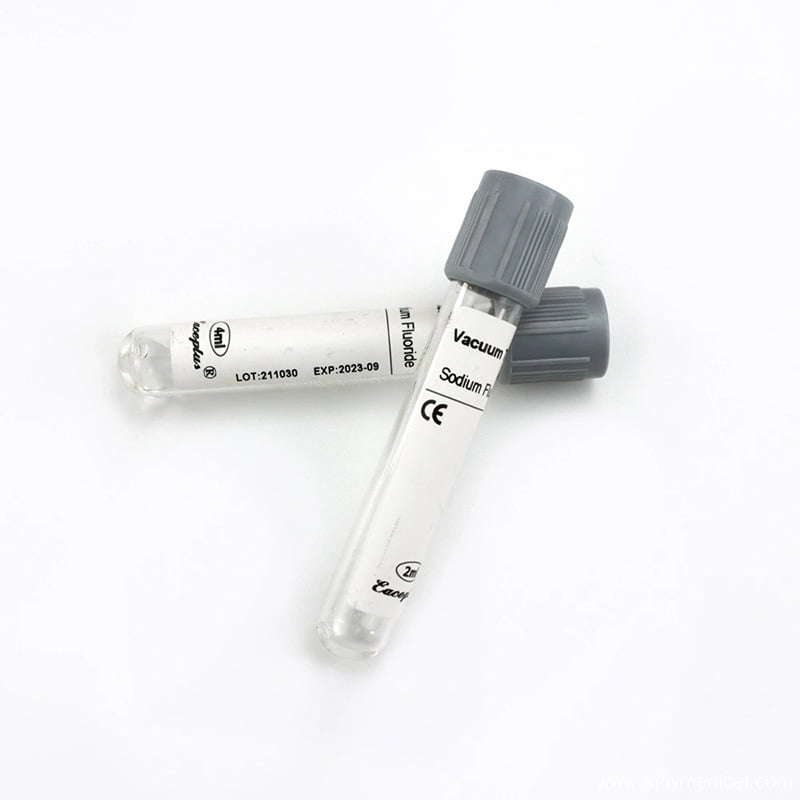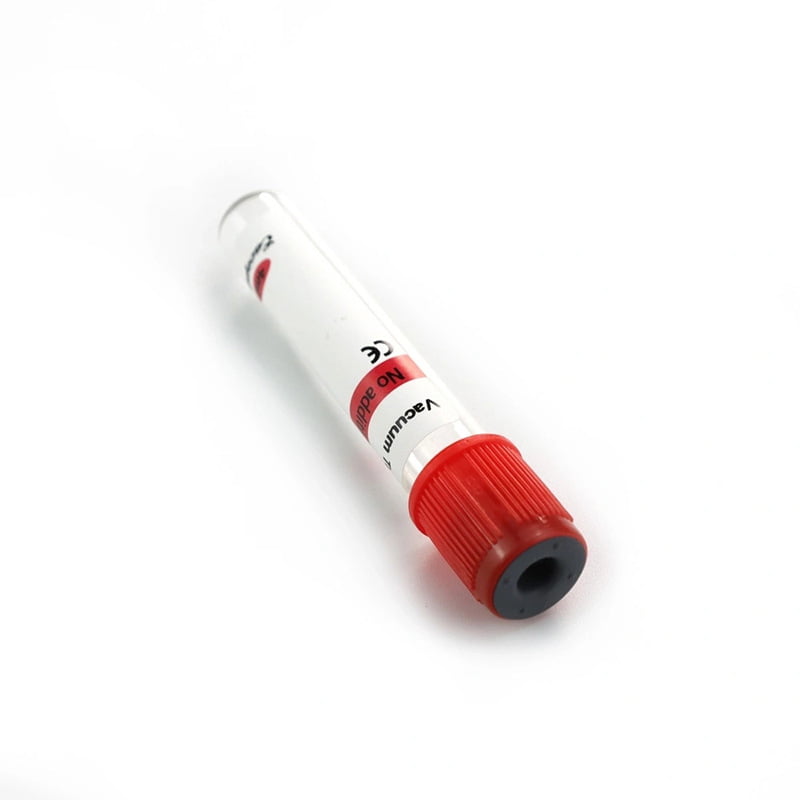The single-lumen Foley catheter is a critical tool that plays a pivotal role in patient care. Whether you’re a healthcare professional or just someone looking to understand this essential medical device better, this comprehensive guide will provide you with all the information you need, from its design and functionality to its various applications and maintenance. So, let’s dive into the world of the single-lumen Foley catheter.
Table of Contents
- 1 Introduction
- 2 Understanding the Basics
- 3 Benefits of using a single lumen Foley catheter
- 4 How does a single lumen Foley catheter work?
- 5 Best practices for inserting and maintaining a single lumen Foley catheter
- 6 Potential complications and how to prevent them
- 7 Single lumen Foley catheter vs. double lumen Foley catheter: a comparison
- 8 Types of Single Lumen Foley Catheters
- 9 How to choose the right size and material for a single lumen Foley catheter
- 10 About single lumen Foley catheters
- 11 Common misconceptions about single lumen Foley catheters
- 12 The importance of proper care and maintenance for single lumen Foley catheters
- 12.1 Single-lumen Foley catheters always cause urinary tract infections.
- 12.2 Catheterization is a painful procedure for patients.
- 12.3 Single-lumen Foley catheters are only used for long-term catheterization.
- 12.4 Catheter blockage is inevitable with single lumen Foley catheters.
- 12.5 Catheterization always leads to bladder spasms.
- 13 Conclusion single lumen Foley catheters
- 14 FAQs Single Lumen Foley Catheters
Introduction
The Single Lumen Foley Catheter is widely used in the medical field to assist patients with urinary retention or incontinence. Its primary function is to drain urine from the bladder and monitor urine output accurately. This catheter features a single lumen or tube with an inflatable balloon at its tip, allowing it to remain securely in place within the bladder.
we will explain the numerous benefits of using a Single Lumen Foley Catheter, including its ability to reduce the risk of urinary tract infections and provide improved patient comfort. We will also delve into the proper techniques for insertion, care, and removal to ensure optimal results and patient satisfaction.
Whether you are a healthcare professional seeking to enhance your knowledge or a patient in need of more information, this complete guide will empower you with everything you need to know about the Single Lumen Foley Catheter. So, let’s dive in and explore this vital medical device together.
Understanding the Basics
What is a Single Lumen Foley Catheter?
A Single Lumen Foley Catheter is a flexible tube that is inserted into the bladder through the urethra to assist with urinary drainage. It consists of several key components, including a balloon, drainage eyes, and a lumen for inflation.
Benefits of using a single lumen Foley catheter
Are you looking for a comprehensive guide to understanding the benefits, functions, and best practices of the Single Lumen Foley Catheter? Look no further! In this article, we will provide you with all the information you need to know about this essential medical device.
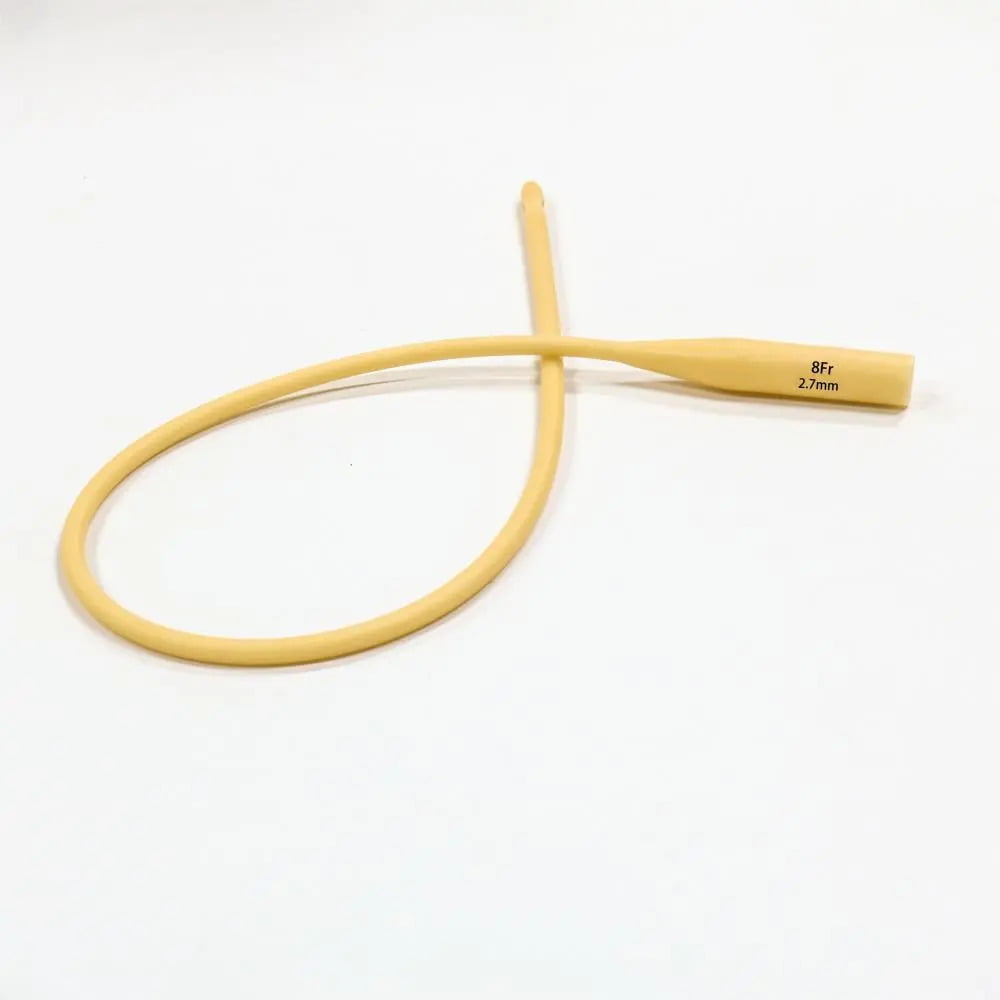
The Single Lumen Foley Catheter is widely used in the medical field to assist patients with urinary retention or incontinence. Its primary function is to drain urine from the bladder and monitor urine output accurately. This catheter features a single lumen or tube with an inflatable balloon at its tip, allowing it to remain securely in place within the bladder.
In this guide, we will explain the numerous benefits of using a Single Lumen Foley Catheter, including its ability to reduce the risk of urinary tract infections and provide improved patient comfort. We will also delve into the proper techniques for insertion, care, and removal to ensure optimal results and patient satisfaction.
Whether you are a healthcare professional seeking to enhance your knowledge or a patient in need of more information, this complete guide will empower you with everything you need to know about the Single Lumen Foley Catheter. So, let’s dive in and explore this vital medical device together.
How does a single lumen Foley catheter work?
A single lumen Foley catheter offers several benefits for both patients and healthcare professionals. One of the key advantages is its ability to reduce the risk of urinary tract infections (UTIs). The design of the catheter allows for continuous drainage of urine, minimizing the chances of stagnant urine and bacterial growth. Additionally, the use of a single lumen catheter reduces the number of lumens and openings in the urinary tract, further minimizing the risk of infection.
Another significant benefit of the single lumen Foley catheter is improved patient comfort. The catheter’s design, with a single tube and an inflatable balloon, allows for a more secure and comfortable fit within the bladder. This reduces discomfort and irritation for the patient, enhancing their overall well-being during the catheterization period.
Furthermore, the single lumen Foley catheter provides accurate monitoring of urine output. The continuous drainage allows healthcare professionals to measure and track urine volume accurately. This information is crucial for assessing a patient’s fluid balance, kidney function, and overall health status.
Best practices for inserting and maintaining a single lumen Foley catheter
A single lumen Foley catheter works by draining urine from the bladder and keeping it securely in place. The catheter consists of a single tube with two main components: the drainage lumen and the inflatable balloon.
The drainage lumen is the channel through which urine flows out of the bladder. It is connected to a collection bag or other drainage system that collects the urine. The size of the drainage lumen may vary depending on the specific catheter, but it is designed to allow for optimal urine flow without obstruction.
At the tip of the catheter, there is an inflatable balloon made of a soft, flexible material. Before insertion, the balloon is deflated so that the catheter can be easily inserted into the bladder. Once the catheter is in place, the balloon is inflated with a sterile solution, effectively anchoring the catheter within the bladder. The inflated balloon prevents the catheter from slipping out unintentionally.
Healthcare professionals need to ensure that the drainage lumen remains unobstructed and the balloon is securely inflated. Regular monitoring and maintenance of the catheter are essential to prevent complications and ensure optimal performance.
Potential complications and how to prevent them
Proper insertion and maintenance of a single lumen Foley catheter are crucial for patient comfort and safety. Here are some best practices to follow:
1. Sterility: Before inserting the catheter, ensure that you have a sterile environment and all the necessary sterile equipment. This includes gloves, an antiseptic solution, sterile lubricant, and a sterile catheter kit.
2. Patient positioning: Position the patient comfortably, usually lying flat on their back. Elevate the head of the bed slightly if needed. Provide appropriate privacy and ensure the patient’s dignity is maintained throughout the procedure.
3. Preparing the catheter: Before insertion, check the catheter packaging for any damage or defects. Open the sterile catheter kit and prepare the catheter by inflating and deflating the balloon to ensure it is functioning correctly.
4. Catheter insertion: Cleanse the genital area with an antiseptic solution, starting from the urethral opening and moving outward in a circular motion. Use sterile lubricant to ease the catheter’s insertion, being careful not to contaminate the catheter tip.
5. Balloon inflation: Once the catheter is inserted to the appropriate length, inflate the balloon with the recommended amount of sterile solution. Gently tug on the catheter to ensure it is securely anchored.
6. Secure the catheter: Attach the drainage bag or collection system to the catheter, ensuring that it is securely connected and positioned below the level of the bladder to facilitate proper drainage.
7. Regular monitoring and maintenance: Check the catheter and drainage system regularly for any signs of blockage, leakage, or infection. Keep the genital area clean and dry, and follow the healthcare facility’s protocols for catheter care and maintenance.
By following these best practices, healthcare professionals can ensure the proper insertion and maintenance of a single lumen Foley catheter, promoting patient comfort and minimizing the risk of complications.
Single lumen Foley catheter vs. double lumen Foley catheter: a comparison
While the use of a single lumen Foley catheter can be highly beneficial, certain complications may arise if proper care is not taken. It is essential to be aware of these potential complications and take preventive measures. Some common complications include:

1. Urinary tract infections (UTIs): UTIs can occur when bacteria enter the urinary tract through the catheter. To prevent UTIs, healthcare professionals should maintain strict aseptic techniques during catheter insertion, regularly clean the genital area, and ensure proper catheter care and maintenance.
2. Catheter-associated urinary tract infections (CAUTIs): CAUTIs are a specific type of UTI that occurs due to the presence of a catheter. Healthcare professionals should follow evidence-based guidelines and protocols to prevent CAUTIs, including proper hand hygiene, catheter care, and timely removal of the catheter when no longer necessary.
3. Catheter blockage or obstruction: Catheter blockage can occur due to blood clots, sediment, or encrustation. To prevent blockage, ensure proper hydration, maintain adequate urine flow, and regularly flush the catheter with sterile saline solution as per the healthcare facility’s guidelines.
4. Catheter-associated bladder spasms: Some patients may experience bladder spasms or discomfort due to the presence of the catheter. Healthcare professionals can administer appropriate medications to alleviate these symptoms and ensure patient comfort.
5. Skin irritation or pressure ulcers: Improper catheter securement or prolonged catheter use can lead to skin irritation or pressure ulcers. Healthcare professionals should regularly assess the skin around the catheter insertion site and take appropriate measures to prevent skin breakdown, such as using securement devices and repositioning the patient regularly.
Types of Single Lumen Foley Catheters
Silicone vs. Latex Catheters
Siny Manufacturers use silicone and latex as two common materials in constructing Foley catheters. Silicone catheters are renowned for their biocompatibility and lower risk of triggering allergic reactions, while latex catheters offer a more cost-effective option. Understanding the differences between these materials is crucial in selecting the appropriate catheter for Foley Catheter Disposable Sterile Latex Foley Balloon Catheter a patient’s specific needs.
Pediatric Foley Catheters
Pediatric Foley catheters are specially designed to meet the unique requirements of young patients. They come in smaller sizes to ensure a comfortable fit and reduce the risk of complications. These catheters are often used in pediatric wards and healthcare settings where children’s urinary issues need to be managed effectively.
Coude-Tip Foley Catheters
Coude-tip Foley catheters have a curved or bent tip that makes them ideal for navigating the male urinary tract, especially when there are obstructions or anatomical challenges. They are designed to ease insertion and reduce discomfort for patients with conditions like benign prostatic hyperplasia (BPH).
Three-Way Foley Catheters
These catheters help maintain bladder health and prevent blockages. Three-way Foley catheters have an additional channel or lumen beyond the standard drainage and inflation lumens. This additional lumen enables them to perform continuous bladder irrigation, which makes them indispensable in situations necessitating bladder irrigation, such as following specific surgical procedures or for managing hematuria (blood in the urine).
How to choose the right size and material for a single lumen Foley catheter
A single lumen Foley catheter has a single tube with one channel for urine drainage. It features an inflatable balloon at the tip to secure it within the bladder. The single lumen design is simpler and easier to use, making it suitable for most patients requiring urinary drainage.
On the other hand, a double-lumen Foley catheter has two separate tubes. In this catheter, one tube facilitates urine drainage, resembling the single lumen catheter. The second tube, referred to as the irrigation or balloon inflation lumen, enables the instillation of sterile fluid into the bladder for the purpose of aiding in irrigation or administering medication. Medical professionals primarily employ double-lumen catheters in specific cases necessitating bladder irrigation or medication administration.
The choice between a single lumen and double-lumen Foley catheter depends on the specific needs of the patient and the healthcare professional’s judgment. In most cases, a single lumen catheter is sufficient for urinary drainage, while a double-lumen catheter is reserved for situations requiring additional functionalities.
About single lumen Foley catheters
Choosing the right size and material for a single lumen Foley catheter is essential to ensuring optimal comfort, function, and patient safety. Here are some factors to consider when selecting a catheter:

1. Size: The size of the catheter is determined by the French (Fr) scale, which measures the diameter of the catheter. The appropriate catheter size depends on factors such as the patient’s age, gender, and clinical condition. Healthcare professionals should refer to catheter size guidelines and consider the patient’s individual needs.
2. Length: Catheters come in various lengths to accommodate different anatomical variations. The length required will depend on the patient’s body size and the route of insertion (e.g., urethral or suprapubic). It is essential to choose a catheter length that allows for proper placement within the bladder without excessive tension or discomfort.
3. Material: Foley catheters are commonly made of either silicone or latex. Silicone catheters are more flexible, biocompatible, and less likely to cause allergic reactions compared to latex catheters. However, latex catheters may be more cost-effective in some settings. Healthcare professionals should consider patient allergies and preferences when selecting the catheter material.
4. Special considerations: Some patients may require specialized catheters, such as those with hydrophilic coatings, for enhanced lubrication or antimicrobial properties to reduce infection risk. In such cases, healthcare professionals should consult with their facility’s guidelines or product manufacturers to select the most appropriate catheter.
By considering these factors and individual patient needs, healthcare professionals can choose the right size and material for a single lumen Foley catheter, optimizing patient comfort and safety.
Common misconceptions about single lumen Foley catheters
1. How long can a single lumen Foley catheter remain in place?
– The duration of catheterization varies depending on the patient’s condition and the healthcare professional’s judgment. In general, catheters should be removed as soon as they are no longer necessary to minimize the risk of complications.
2. Can a single lumen Foley catheter be reused?
– No, single lumen Foley catheters are designed for single-use only. Reusing a catheter can increase the risk of infection and other complications.
3. How often should a single lumen Foley catheter be flushed?
– The frequency of catheter flushing depends on the healthcare facility’s protocols and the patient’s individual needs. Regular flushing with sterile saline solution helps maintain catheter patency and prevent blockage.
4. Can a patient with a single lumen Foley catheter engage in normal activities?
– In most cases, patients with a single lumen Foley catheter can engage in normal activities with some modifications. It is essential to ensure proper catheter securement and provide guidance to the patient regarding movement restrictions, hygiene practices, and care instructions.
5. When should a single lumen Foley catheter be removed?
– A healthcare professional should remove a single lumen Foley catheter as soon as it is no longer necessary. This decision should rely on the patient’s condition, ability to void spontaneously, and overall progress.
The importance of proper care and maintenance for single lumen Foley catheters
Single-lumen Foley catheters always cause urinary tract infections.
While catheter-associated urinary tract infections (CAUTIs) can occur, proper catheter care and maintenance can significantly reduce the risk of infection.
Catheterization is a painful procedure for patients.
With the healthcare provider employing proper technique and ensuring adequate lubrication, they can perform catheterization while minimizing discomfort for the patient
Single-lumen Foley catheters are only used for long-term catheterization.
Patients’ needs and clinical condition determine the suitability of using single-lumen Foley catheters for both short-term and long-term catheterization
Catheter blockage is inevitable with single lumen Foley catheters.
Regular catheter flushing and proper hydration can help prevent catheter blockage. Following evidence-based guidelines for catheter care can significantly reduce the risk of blockage.
Catheterization always leads to bladder spasms.
While some patients may experience bladder spasms, proper medication management and patient support can alleviate these symptoms.
By dispelling these misconceptions, healthcare professionals can provide accurate information and address patients’ concerns regarding single lumen Foley catheters.
Conclusion single lumen Foley catheters
In conclusion, the single lumen Foley catheter is a vital tool in modern medicine, contributing significantly to patient comfort and care. By understanding its design, applications, and proper usage, healthcare professionals and patients alike can make informed decisions regarding its use.
FAQs Single Lumen Foley Catheters
Is it painful to have a single lumen Foley catheter inserted?
While patients may experience discomfort during insertion, healthcare professionals actively take steps to minimize pain, and patients typically adapt to the catheter quickly.
How long can a single lumen Foley catheter be left in place?
The duration varies depending on the patient’s condition, but a healthcare provider typically prescribes it for either short-term or long-term purposes.
What are the signs of a catheter-related infection?
Signs may include fever, increased pain or discomfort, foul-smelling urine, or cloudy urine. If any of these symptoms occur, contact a healthcare professional promptly.
Can a patient with a Foley catheter engage in normal daily activities?
Yes, most cases allow patients to resume their daily activities with some modifications, as long as they ensure they properly manage and secure the catheter.

